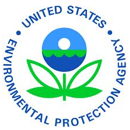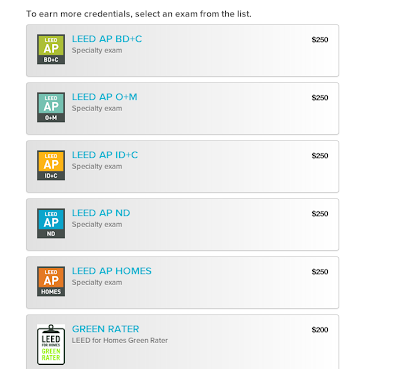 Asbestos is a hot topic in the news, especially in Washington, D.C. A few weeks ago, on Tuesday, November 12, Asbestos Disease Awareness Organization (ADAO) President Linda Reinstein spoke in opposition to Furthering Asbestos Claim Transparency (FACT) Act (H.R. 982). The bill would require asbestos trusts to issue quarterly reporters that discloses individuals who ask for funds related to asbestos disease and injury. According to ADAO, the bill will invade privacy, deny justice and delay compensation for asbestos victims.
Asbestos is a hot topic in the news, especially in Washington, D.C. A few weeks ago, on Tuesday, November 12, Asbestos Disease Awareness Organization (ADAO) President Linda Reinstein spoke in opposition to Furthering Asbestos Claim Transparency (FACT) Act (H.R. 982). The bill would require asbestos trusts to issue quarterly reporters that discloses individuals who ask for funds related to asbestos disease and injury. According to ADAO, the bill will invade privacy, deny justice and delay compensation for asbestos victims. ADAO and supports believes the bill will make it more difficult for asbestos victims to receive justice in court and hold asbestos corporations responsible for the harm their products have caused by creating new barriers and delays for victims receiving compensation.
The is also concerned about the privacy of asbestos victims: the law will post the last four digits of asbestos victims’ Social Security numbers on a public website; reveals victim financial information related to a case; publicly lists “the name and exposure history of, a claimant and the basis for any payment from the trust made to such claimant”. Opponents also feel that this could act as a sort of "black list" for the victims and their families.
The legislation has been passed in the House as of November 13, and according to The Hill blogger, Pete Kasperowicz, which was vehemently opposed by the majority of Democrats. In his post, he states that the main reason the bill was drawn up was to make fraudulent claims less likely to happen, so that the real victims can receive the proper attention. Making reporting mandatory assists in the system of checks and balances.
Regardless of the bill, we can all agree that asbestos is dangerous. At GreenEDU, we offer education training on and about asbestos. Owing to its strength and resistance, asbestos has been used extensively in the construction industry for decades. Unfortunately, it is a highly hazardous material and a great potential health risk for those exposed to the substance. Therefore, per local and federal standards, any contractor involved with asbestos abatement projects must attend an accredited training program and get certified, or else face serious fines. GreenEDU is here to assist you and your company in finding the best class for your asbestos training.
About The Asbestos Disease Awareness Organization:
The Asbestos Disease Awareness Organization (ADAO) was founded by asbestos victims and their families in 2004. ADAO seeks to give asbestos victims a united voice to help ensure that their rights are fairly represented and protected, and raise public awareness about the dangers of asbestos exposure and the often deadly asbestos-related diseases. ADAO is funded through voluntary contributions and staffed by volunteers. For more information, visit www.asbestosdiseaseawareness.org.











